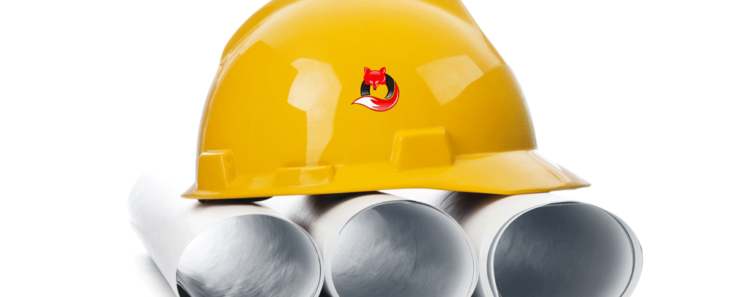A swimming pool or spa is a complex ecosystem, where water is exposed to many things that can affect both aesthetics and safety. A smart(more…)

Category: Dealer Dynamics
Greg’s articles as printed in the excellent Water Conditioning and Purification, and international water treatment trade journal.
Dealing with Chlorine and Chloramine
There are numerous carbon-based options available to protect your client and their family from chlorine tastes and odors, pesticides, herbicides, emerging contaminants, and various disinfection byproducts. As a water treatment professional, your primary responsibility is to provide your clients with the very best water at an affordable price in an environmentally responsible manner.
The scope of this article is specific to chlorine/chloramine tastes and odors, so if you’re planning on addressing lead, pesticides, herbicides, or pharmaceutical byproducts consult with your equipment manufacturer before making claims on what your carbon filter can actually do. Not all carbons work the same, especially with complex organics and varying influent water chemistries.
Are you ready to do Commercial Work?
You don’t need to do everything to be a success in our industry, but what you do should be done well. Don’t allow yourself to feel pressured to dive into the C&I market just because your competitors have. Study and analyze the risks and benefits as well as the impact it will have on your company before you over-commit yourself. It’s quite OK to gracefully withdraw and defer to a more knowledgeable/experienced colleague if you become uncomfortable during the initial discovery process.
Rise above the competition
As a business owner, ignorance is your worst enemy. Ignorance leads to lost business opportunities, the inability to hire the best employees and of course, an inevitable loss of income and profitability. As the leader of your organization, you need to stay focused on continuously improving your technical, business and leadership skills. As soon as you think you know it all, or even that you know enough, you’ve begun your descent to business failure and industry obscurity.
We all live Downstream
As water quality improvement and management professionals, it is our responsibility to learn and understand the impact of anthropogenic and natural environmental contamination, especially comprehending the fact that water in the air, water on the ground, and water under the ground is subject to constant change and movement.
If you’re not moving forward…
Don’t be an industry dinosaur. Get yourself to Nashville, take some classes, meet new people, do some business and keep moving forward!



